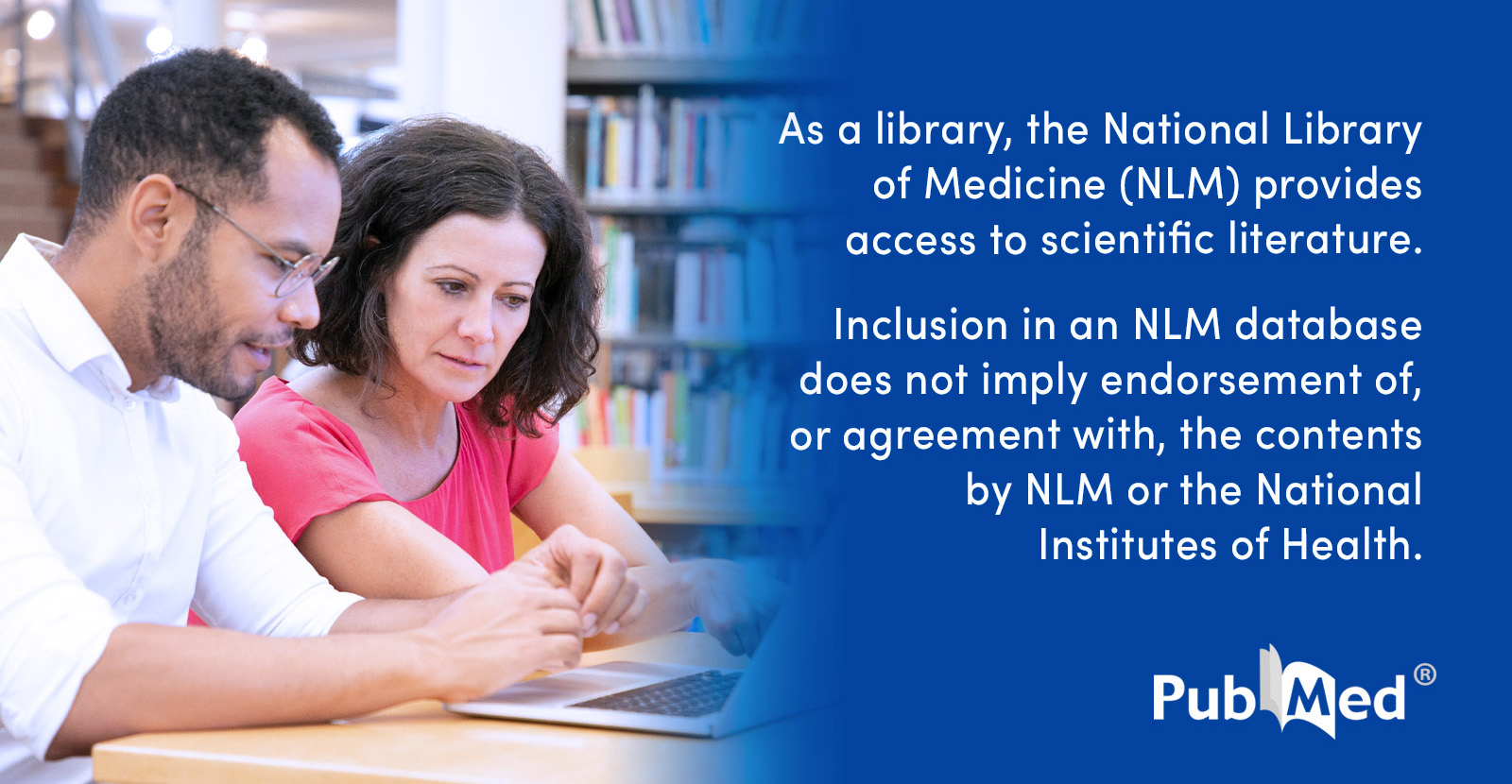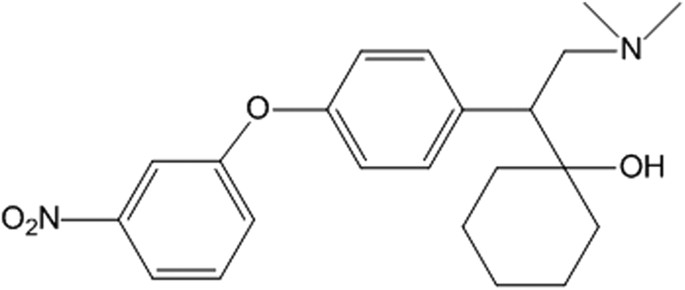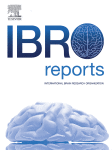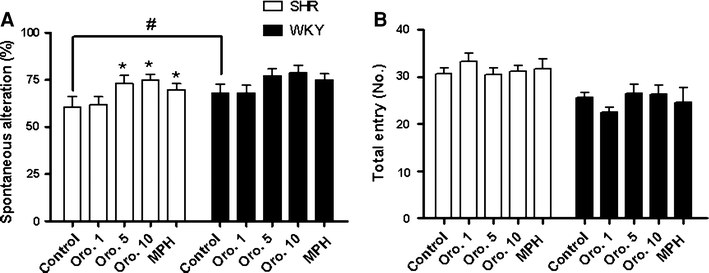atara
Bluelighter
I’ve been away from the field for a while, would anyone happen to have been following developments in this area?
(The obvious answer does not count)
(The obvious answer does not count)
N&PD Moderators: Skorpio | someguyontheinternet






I’ve been away from the field for a while, would anyone happen to have been following developments in this area?
(The obvious answer does not count)

What's the obvious answer?
But they're working on a DXM-bupropion combination medication
AXS-05 did end up having a successful phase III trial, though I haven't read the full details. M Fava blurb.
Press junk
Axsome Therapeutics Announces AXS-05 Achieves Primary Endpoint in GEMINI Phase 3 Trial in Major Depressive Disorder | BioSpace
And of course they have esbupropion-DXM in the pipeline. Gotta get that juicy isomer extension.
The ethylenediamine antihistamine tripelennamine, so beloved of opioid users myself included for its potentiating actions, is a weak to middling and dirty (not so selective) treble reuptake inhibitor (serotonin, norepinephrine, dopamine) and was the basis for the research which yielded fluoxetine and illuminated the first-generation antihistamine to modern reuptake type antidepressant route . . . since it already has these effects and only about 7 per cent of the anti-muscarinic strength of atropine, how about tripelennamine itself or a close analogue perhaps mixed with something to combat the sedation, which is not that bad, actually. The anti-muscarinic effect may be part of it -- I get even better effects with adding orphenadrine to tripelennamine by itself and my morphine-tripelennamine mixture and orphenadrine and other first-generation antihistamines actually list euphoria as a side effect in their descriptions in reference works and monographs. Tripelennamine included, of course.
Some old pharmacopoeia book I used to read said that orphenadrine also has some kind of psychostimulant effect that increases its anti-parkinsonian effectiveness... I haven't found any other source claiming it to inhibit dopamine reuptake, maybe the author of that book confused it with tripelennamine. Some rare people have been known to abuse anticholinergics like biperiden and tricyclics because they have a mood-lifting effect in small doses (no one probably enjoys the delirium from larger amounts). I think the reason why tripelennamine was mixed with pentazocine by some opiate users was that the antihistaminic/anticholinergic only potentiates the mu receptor effect but not the dysphoric kappa one.
The late 1990s "DXM FAQ" claimed that DXM also inhibits DA reuptake, similar to bupropion, but no present-day source seems to say the same.

Not really. Effexor and Cymbalta at high doses may have some dopaminergic activity. But they're working on a DXM-bupropion combination medication, the former an SNRI and the latter an NDRI (but dopaminergic activity lower than that of stimulants).
They have some SNDRIs in trials.
Actually that's right: Zoloft has an SNDRI as a metabolite that may have some dopaminergic activity. More so at higher doses, as would follow.
They're wary of addiction and cardiac toxicity.
I’ve been away from the field for a while, would anyone happen to have been following developments in this area?
(The obvious answer does not count)

Come to think of it, I think that the naproxen-shaped analog of HDMP-28 should have less hepatotoxicity than the parent compound. Naproxen holds a naphthalene ring with a 6-methoxy group and is metabolized exclusively at the 6-methoxy group. It has undergone rigorous safety testing and is OTC approved despite that foreboding moiety.I've been wondering with the solriamfetol approval whether they'll start on a couple less selective NDRIs and methylphenidate analogs like the HDMP. Not going to sign up for naphthalene though.

RTI-xxx have some pretty nice SNDRIs, homomazindol maybe too.
a mixture called scopomorphine (scopolamine and morphine) was used for sedating psychiatric patients.
In my idleness I had forgotten that there are actually two different categories of answers to this question.
There is the question about recreational SNDRIs, which would likely have affinities D > N ~ S
And there is the question about antidepressant SNDRIs, which would almost certainly have S > D ~ N (and probably N > D to minimize abuse)
I admit, I was rather more concerned about the former question, but I'm impressed by the work done to attack the latter.
Come to think of it, I think that the naproxen-shaped analog of HDMP-28 should have less hepatotoxicity than the parent compound. Naproxen holds a naphthalene ring with a 6-methoxy group and is metabolized exclusively at the 6-methoxy group. It has undergone rigorous safety testing and is OTC approved despite that foreboding moiety.

See? Gentle as a lamb.
As for the latter question, this is a much more difficult nut to crack of course because it is a more difficult problem to solve. We have lots of ways to get high, we have few ways to treat depression that does not respond to conventional antidepressants. Furthermore there is the tension between what is an abused chemical versus an effective antidepressant. If we require N > D so that you won't enjoy getting high, then we incur potential N-related toxicity at therapeutic levels of D. If not, the drug is probably abusable, or we have S >> D which leads to S-related toxicity. Checking the list of compounds on Wikipedia we do indeed see a lot of S > N > D and a few surprising cases of N > S > D and N > D > S. In practically all cases N > D.
Unfortunately though if you're looking at affinities where S, N = 3-10x D, you're not really fundamentally changing much from SNRI-land, so I wonder if you can ever get much of a change in who is treated effectively by this drug category than you did with the SNRIs.
The general assertion that SND-affinity is too hard seems suspect. MDMA and AET display this binding pattern, albeit as releasers. Plus while S and N are rather different and D much like N, the SNRI drug class has really taken off. I could imagine, though, that if you bind to receptors for all three of these, you might also bind easily to MAO.
From the viewpoint of a practitioner, when you have some depressed patients, about 2/3 of them will respond quickly to SSRIs. You're used to SSRIs and you know how to deal with their side effects, but you still wish you could treat the last third of patients. The pharmaceutical companies basically seem to be trying to make the SSRIs stronger: SNRIs treat some more patients but have more side effects. SNDRIs could be the next step according to this theory. But implicitly what we're saying is "the depression didn't respond to SSRIs because it's really bad so we need to make it stronger", where when I say "make it stronger" we have a drug that's still an SSRI but with some extra activity.
But we might question the idea that SSRI-resistant depression is specifically a stronger version of SSRI-responsive depression. We could easily be looking at two (or fifty-seven) underlying etiologies. In other words, the patients who don't respond to SSRIs might respond to completely different drug actions, rather than more of them, because mental disorders are weird, and depression, in particular, is similar enough to some normal functions of the mind that it might be induced by a variety of different things. (This applies also to anxiety, but not to, e.g., schizophrenia.)
The only truly weird antidepressants I can think of like that are rubidium, agomelatine, tianeptine, and SAMe. But SAMe's potential to contribute to serotonin syndrome suggests that it, too, acts like an SSRI without being one. Agomelatine is the most promising, because it's MOA is different and probably unrelated to its liver toxicity. Rubidium is too expensive. Tianeptine is abuse-prone.
But maybe the solution to treatment-resistant depression lies in finding more efficient ways to separate rubidium from potassium in salt mines. Who would have thought?
But phenyltropanes are hard to make ;_;
Mazindol et alii are new to me. I'm not aware of the history of this drug class. It's intriguing.
Now there's something I want to try!